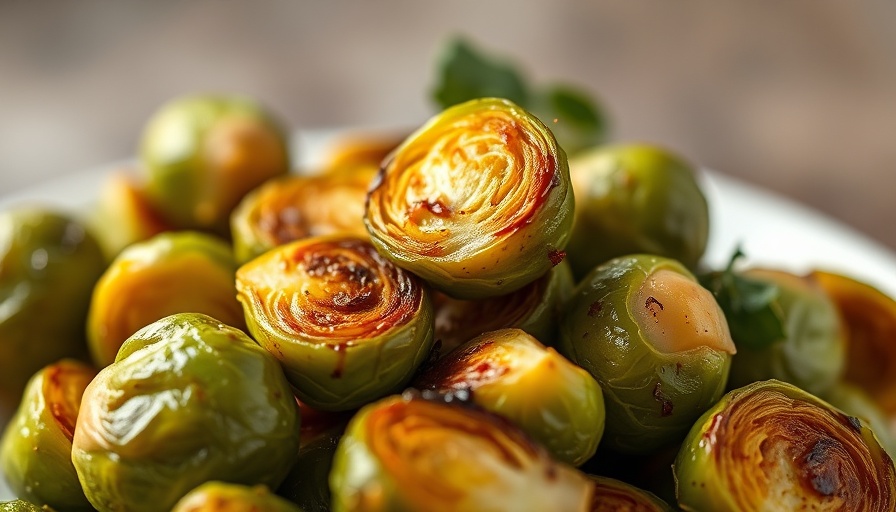
Unlock Optimal Health: The High-Fiber Vegetable Revolution
Fiber is not just a passing trend—it’s a fundamental cornerstone of a healthy diet. While protein often steals the spotlight in discussions about nutrition, fiber quietly plays many crucial roles in promoting overall wellness. From regulating digestive health to maintaining a balanced weight, understanding and increasing fiber intake can significantly enhance your vitality.
Why Fiber Matters in Your Diet
Despite its importance, many people fall short of the recommended daily fiber intake, primarily due to the prevalence of processed foods in the typical Western diet. According to nutrition experts, men need about 38 grams daily, while women should aim for 25 grams. Yet, most adults consume only about half of this amount. This significant nutrient gap can lead to health risks, including obesity, diabetes, and heart disease.
11 Fiber-Rich Vegetables to Supercharge Your Meals
Incorporating high-fiber vegetables into your meals is one of the best ways to boost your intake. Here’s a list of some high-fiber veggies you should consider for your next meal prep:
- Beans: With an astonishing 10 grams of fiber per half-cup of cooked navy beans, beans are unbeatable in the fiber department. They can be added to soups, salads, or even enjoyed as a side dish.
- Lentils: Offering about 8 grams of fiber per half-cup, lentils are versatile and can be mixed in with virtually any dish.
- Artichokes: This unique vegetable delivers 7 grams of fiber when cooked. Try incorporating them into dips or alongside proteins for a nutritious kick.
- Green Peas: Spiking at 9 grams of fiber per cup, green peas can easily elevate your favorite comfort food dishes, such as macaroni and cheese.
- Pumpkin: Beyond its role as a Halloween decoration, pumpkin boasts 7 grams of fiber and can be used in both savory dishes and baked goods.
- Brussels Sprouts: An often-overlooked gem, this cruciferous vegetable packs in 6 grams of fiber when cooked, typically flavored best when roasted.
- Broccoli: Another cruciferous cousin, broccoli adds 5 grams of fiber and works well as a standalone side or in hearty dishes.
- Kale: Only 5 grams cooked, but kale remains a powerful source of nutrients and fiber, ideal for salads or smoothies.
- Collard Greens: Also adding 5 grams of fiber, these greens thrive in hearty meals, blending well with strong flavors.
- Potatoes: Opting to keep the skin adds fiber benefits, contributing up to 5 grams.
- Spinach: Holding about 4 grams when cooked, spinach can significantly boost many dishes, from pizzas to salads.
Delicious High-Fiber Recipes to Try
Not only can these vegetables be used in side dishes, but they also shine in salads. A collection of high-fiber salads or meals can create variety and flavor in your diet, while introducing flatulence-friendly veggies in creative ways. Check out exciting options like Kale & Quinoa Salad with Lemon Dressing or Roasted Brussels Sprouts & Butternut Squash Salad for tasty bites that don’t require extensive prep time.
Cultivating Health: Building a Better Plate
Learning about high-fiber vegetables is not just beneficial for individual health; it contributes to community wellness. In places like San Antonio, local health and wellness centers promote fiber-focused nutritional education and access to fresh produce, helping residents cook nourishing and satisfying meals. Getting educated about nutrition allows us to advocate for community health, ensuring better choices all around.
What This Means for Your Health Journey
By integrating more high-fiber vegetables into your meals, you'll not only enhance your meals but also support your body's digestive system, regulate blood sugar, and potentially improve heart health. The benefits are clear—taking a proactive approach to your dietary choices is crucial in the journey towards optimal health.
Are You and Your Community Ready to Boost Your Fiber Intake?
Eating more fiber-rich vegetables is not just a personal journey; it’s a community effort. How can you incorporate these ideas into your daily routine? Consider engaging with local health groups or participating in community health events. Now is the perfect time to embrace a lifestyle filled with vibrant vegetables and sustained energy!
 Add Row
Add Row  Add
Add 




 Add Row
Add Row  Add
Add 


Write A Comment